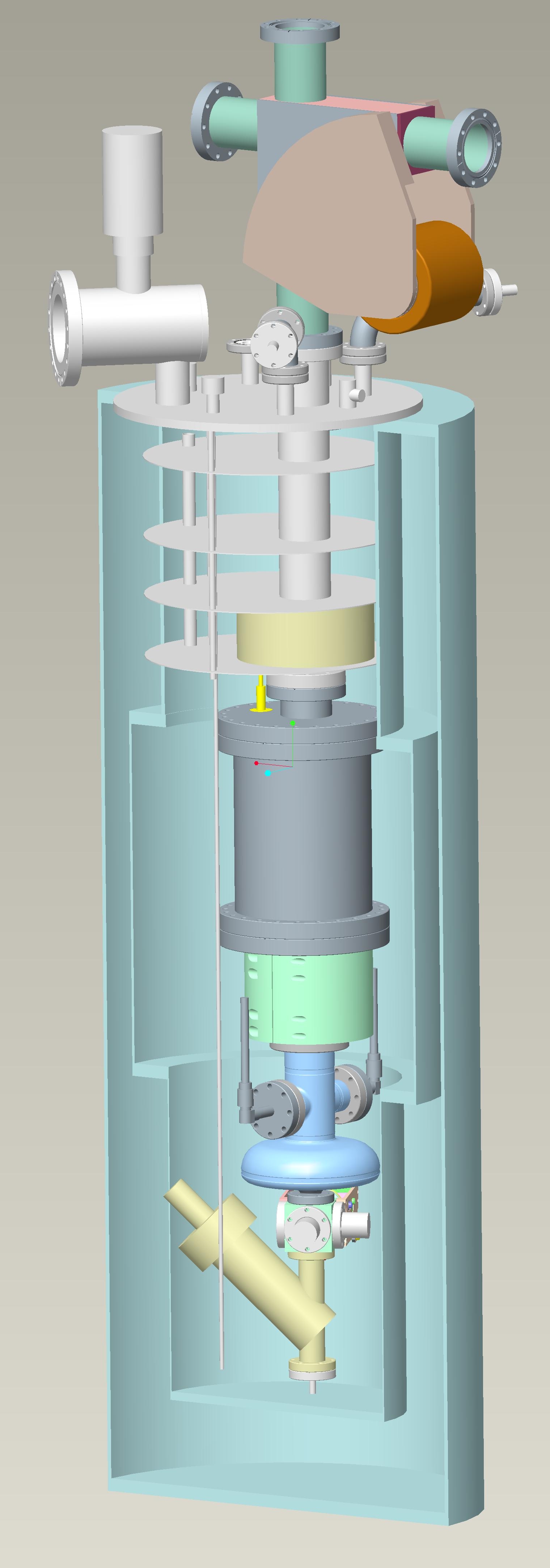C-AD Accelerator R&D Division
Superconducting RF Group
The Polarized SRF Gun Experiment
 Introduction
Introduction
RF electron guns are capable of producing electron bunches with high brightness which outperform DC electron guns and may even be able to provide electron beams for the International Linear Collider without the need for a damping ring. However, all successful existing guns for polarized electrons are DC guns because the environment inside the RF gun is hostile to the Gallium-Arsenide (GaAs) cathode material necessary for polarization. While the typical vacuum pressure in a DC gun is better than 10-11 torr the vacuum in an RF gun is in the order of 10-9 torr due to the RF heating of the cavity walls and the resulting out-gassing. Experiments at Budker Institute of Nuclear Physics (BINP) have shown that this leads to strong ion back-bombardment and generation of dark currents which destroy the GaAs cathode in a short time.
The situation might be much more favorable in a (super-conducting) SRF gun.
Here the walls stay cold and there is no out-gassing and due to the
cryogenic pumping of the gun cavity walls it may be possible to maintain a
vacuum close to 10-12 torr. Ions that are created by collision of the
electron beam with the rest gas also will hit the cathode only if they are
created with the right RF phase and will have a lower kinetic energy. This
reduces the ion bombardment.
Dark currents (electrons that are not intentionally produced by either ion
bombardment or field emission) will not reach the cathode in a DC gun but
may be of concern in the SRF gun. Another concern is the possible
contamination of the gun cavity by evaporating cathode material.
Brookhaven National Laboratory (BNL), in collaboration with Advanced Energy Systems (AES), Medford, NY, is conducting an experiment to determine if a polarized SRF gun is a viable concept. The members of the group are Jőrg Kewisch, Ilan Ben-Zvi, Triveni Rao, Andrew Burrill, David Pate, Qiong Wu and Rob Todd from BNL and Hans Bluem, Doug Holmes and Tom Schultheiss from AES.